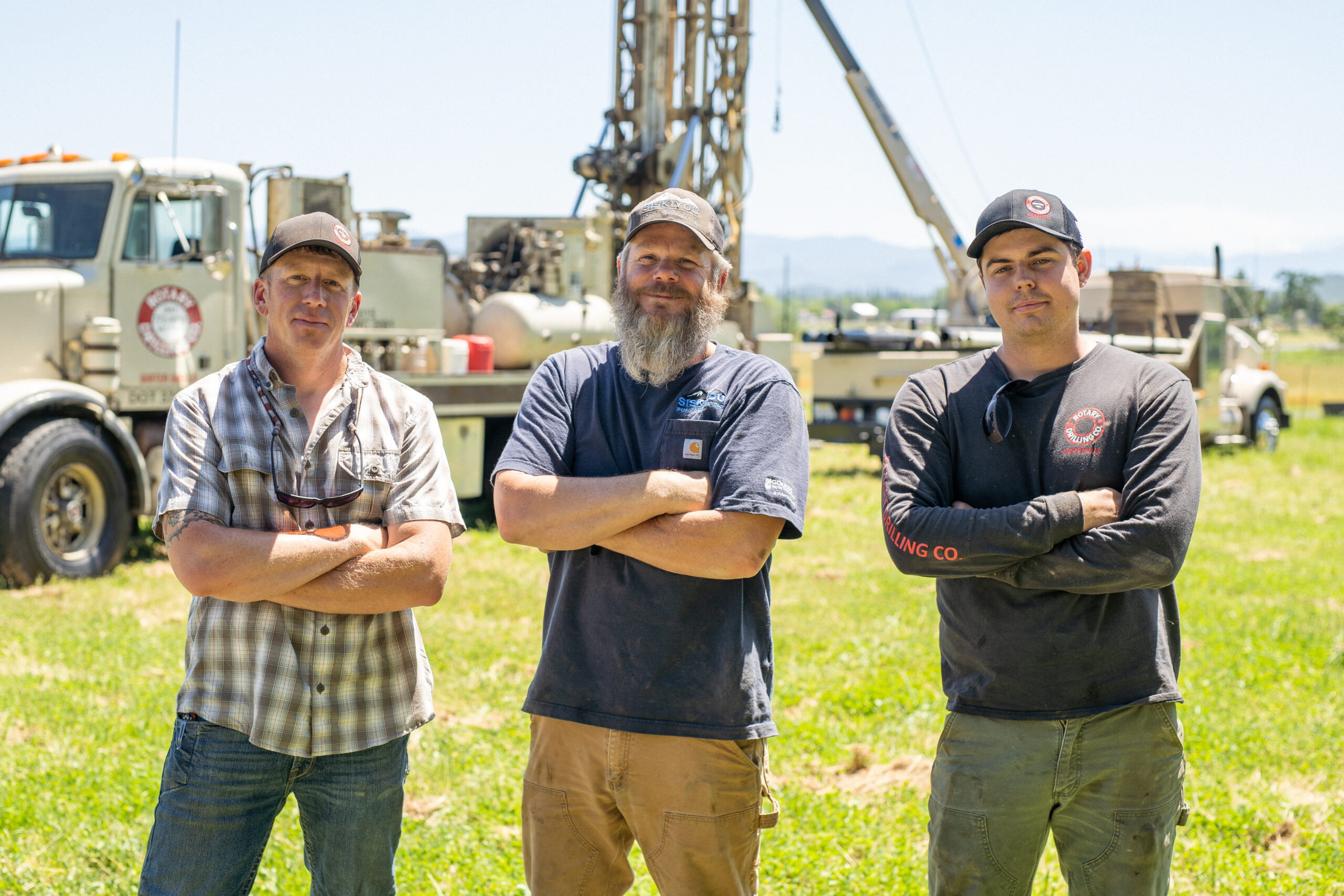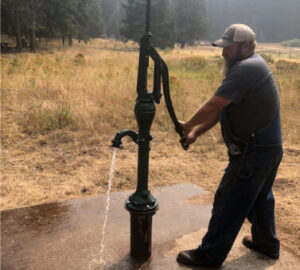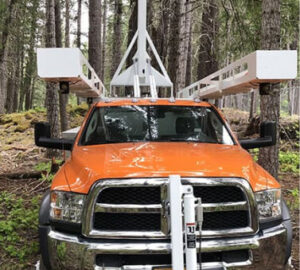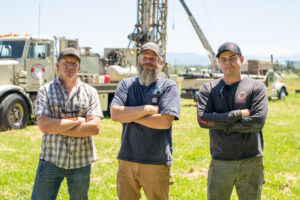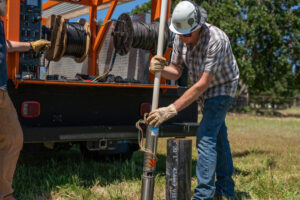Numerous factors must be considered when planning the installation of a new well. The success of this project hinges on understanding environmental conditions and regulatory requirements. A reliable water source is critical for many households, especially in rural areas, and thorough preparation can help ensure that your well provides a consistent and safe water supply.
Water Source Considerations
Understanding the source of your water is paramount. The availability and quality of groundwater can vary significantly depending on several factors:
- Yearly Rainfall: Rainfall replenishes groundwater sources and can influence water availability.
- Geologic Conditions: The types of soil and rock can affect water retention and flow.
- Topography: The landscape’s shape can impact how water moves underground.
- Proximity to Other Wells: Distance from other wells helps prevent hydraulic interference, ensuring that nearby wells do not deplete each other’s water supplies.
- Nearby Surface Water: Bodies of water like lakes and rivers can also impact groundwater levels.
To gain a comprehensive understanding of these factors, consulting with experts and utilizing resources such as a well log database can be invaluable. These logs provide historical data on well depths, yields, and water quality in your area.
Well Location Checklist
Choosing the right location for your well involves adhering to specific guidelines to avoid contamination and ensure accessibility:
- Distance from Structures: The well should be at least 5 feet away from permanent structures to allow space for drilling equipment.
- Septic Tanks and Drainage Systems: A minimum of 50 feet is recommended to prevent any risk of contamination from septic systems and closed sewage.
- Sewage Disposal Areas and Neighboring Wells: At least 100 feet distance helps maintain water purity and avoid any interference from other wells or waste disposal fields.
In addition to regulatory compliance, the well casing must extend at least 12 inches above the finished grade with the surrounding ground sloped away to prevent pooling and potential contamination.
Other Considerations
- Space for Equipment: Ensure there is sufficient space for drilling rigs during construction and for maintenance equipment afterward.
- Access to Power: The location needs to be within a reasonable distance from a power source to operate the well pump.
We Can Help
Leveraging local expertise can significantly streamline the planning and construction of your new well. Professionals can:
- Estimate Well Depth: By analyzing geological data and existing well logs, experts can predict the depth required to reach an adequate water supply.
- Determine Flow Rates: Understanding potential yield based on similar wells in the area can guide expectations and equipment choices.
- Outline Costs: Providing an estimated budget for drilling and installing a water system can help in planning your finances accordingly.
Water Well Services
- Drilling of Water Wells: Establishing new groundwater access points through precise drilling techniques.
- Installation of Well Pumps: Setting up efficient pumping systems to retrieve water from underground.
- Testing for Water Quality: Assessing the safety and composition of well water to ensure it meets health standards.
- Implementation of Water Filtration Systems: Enhancing water purity with tailored filtration solutions.
- Well Deepening: Extending the depth of existing wells to access more stable water sources.
- Well Evaluation and Repair: Conducting thorough inspections and maintenance to ensure well integrity and functionality.
- Video Inspections of Wells: Utilizing advanced video technology to inspect the internal conditions of wells.
- Well Clean-outs and Restorations: Removing obstructions and rejuvenating old wells to improve performance.
- Well Abandonment Services: Properly sealing decommissioned wells to prevent contamination.
- Flow and Additional Water Quality Assessments: Further testing to evaluate the well’s output and refine water treatment processes.
The Siskiyou Pump & Rotary Drilling Team
Contact@SiskiyouPump.com
Resources:

